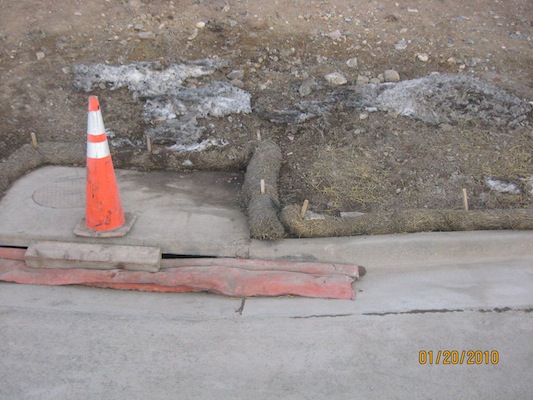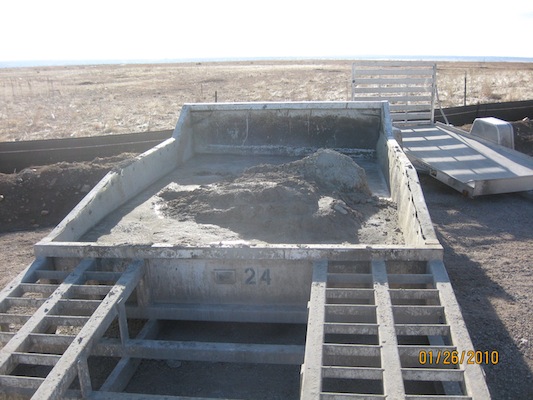In general, complying with this prerequisite is standard practice in most urban and suburban areas, where most or all of the EPA Construction General Permit (CGP) requirements have been adopted and implemented at the state or county level. Regulators at those levels often threaten heavy fines for not complying with CGP requirements, so most projects do so without the added incentive of the LEED prerequisite.
Early on in project planning, compare your local code requirements to the CGP to determine which is more stringent. If your local code is more stringent, then you will meet the prerequisite just by following that. If it is less stringent, follow the CGP to achieve the prerequisite.
Create an ESC plan
The CGP extends compliance with the National Pollutant Discharge Elimination System (NPDES) stormwater regulations to construction activities. It has three main categories that need to be addressed as you create an erosion and sedimentation control (ESC) plan:
- Prevent the loss of topsoil during construction. Proper staging of earth-moving activities and the preservation of mature vegetation can aid in preventing topsoil loss and controlling stormwater pollutant discharge. Stabilization methods such as seeding, mulching, and the use of geo-textiles should also be included in your plan.
- Prevent the sedimentation of receiving streams. Your plan should outline the placement of planned structural control measures such as silt fences, drainage swales, and storm drain inlet protection.
- Prevent air pollution by particulate matter. Your plan should describe measures to prevent the tracking of soil onto paved surfaces off-site and the generation of dust from construction vehicles—for example, gravel skirts at drive entries and exits, transit ways for heavy vehicles, and wash stations for trucks.
Simply put, your ESC plan implements good housekeeping on a site-wide basis, minimizing the impact of construction on local environmental resources and surrounding properties.
As written, the CGP applies to sites of one acre or larger. However, all projects pursuing LEED certification must meet the requirements of the CGP, regardless of size.
Often the civil engineer is responsible for creating the ESC plan, which is then implemented by the general contractor. Smaller projects may find the contractor is the one providing the plan, often one that is standard for their company.
Documenting your plan
The ESC plan may be submitted as documentation, in the form of a site plan or a narrative report.
Inlet protection
- An inspection check list―signed, and dated periodically.
- Date-stamped photos of the following:
- measures to prevent topsoil loss including staging of earth-moving activities and stabilization techniques;
- measures to prevent sedimentation of nearby streams including structural controls and inlet protection;
- measures to prevent air pollution including tracking control at entrances and exits.
- Description of corrective actions taken in response to problems with the performance of ESC measures.
Zero lot lines
Many urban projects have zero lot lines and, therefore, no associated “site.” If your project is like this, you are not exept from developing and implementing an ESC plan. However, strategies and BMPs will differ from those implemented on projects with site area. Inlet protection will still be required, even if storm drains are not immediately on site and within your LEED boundary. Tenting work areas and using temporary enclosures can prevent dust and airborne particulates from leaving the project site. Vehicle tracking and concrete washout will also need to be addressed, and washout will likely have to be managed onsite somehow. Don't forget to include staging areas.
Concrete washout

